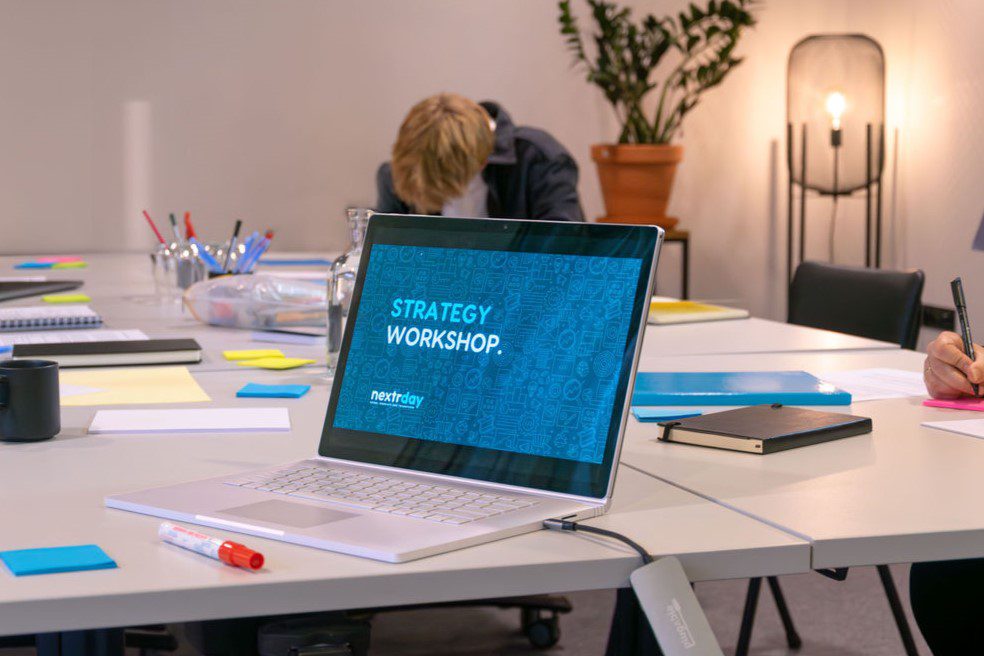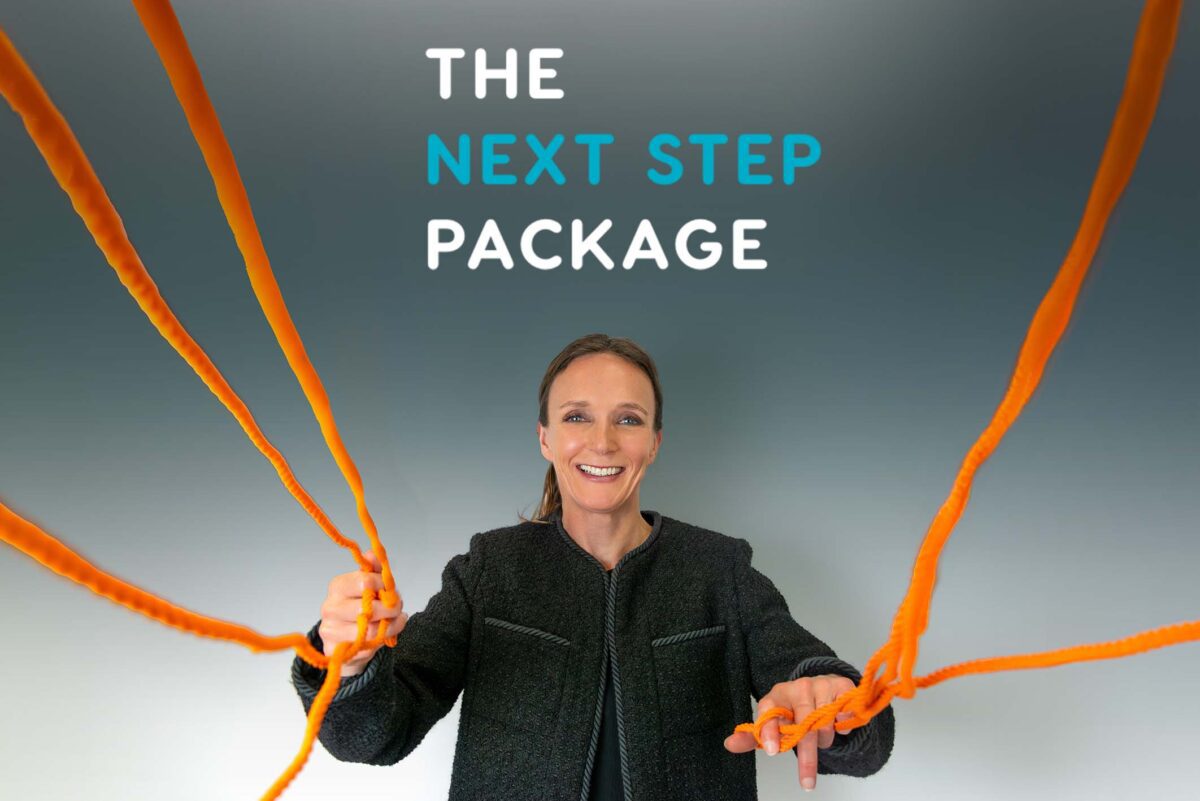Smart Scaling at the end of the year
We operate in a fast-paced business world, where the pressure to deliver immediate results can often overshadow the pursuit of long-term strategic goals. However, achieving a balance between short-term gains and long-term vision is crucial for sustainable success. Organizations that focus solely on short-term performance may find themselves struggling to adapt to changing market conditions, while those fixated on long-term goals might miss out on immediate opportunities.
In this blog post about smart scaling, we’ve compiled some strategies to help you achieve this balance effectively.
1. Set Clear, Aligned Goals
Integrated Planning
Begin by integrating your short-term and long-term goals into a unified strategic plan. Ensure that immediate objectives align with the broader vision of the company. This alignment helps in making day-to-day decisions that contribute to the long-term direction of the organization. For instance, short-term marketing campaigns should support the long-term brand positioning and growth strategy.
Balanced Scorecard Approach
Implement a balanced scorecard approach to measure performance. This framework considers financial results, customer satisfaction, internal processes, and innovation, providing a more comprehensive view of organizational health. By using balanced scorecards, executives can ensure that short-term achievements do not compromise long-term objectives.
2. Foster an Agile Mindset
Adaptability
Encourage an agile mindset within your organization. Agility involves being responsive and adaptable to change, which is essential for balancing immediate needs with future goals. Agile methodologies, such as iterative planning and continuous feedback loops, allow companies to make quick adjustments while keeping long-term objectives in sight.
Cross-Functional Teams
Create cross-functional teams that bring together diverse perspectives and expertise. These teams can address short-term challenges more effectively while also considering the long-term implications of their decisions. Cross-functional collaboration ensures that different aspects of the business are aligned and working towards common goals.
3. Prioritize Innovation and Continuous Improvement
Investment in R&D
Allocate resources to research and development (R&D) to foster innovation. While the return on investment in R&D may not be immediate, it is crucial for long-term growth and competitiveness. Encourage a culture of innovation where employees are motivated to develop new ideas that can drive future success.
Continuous Improvement Programs
Implement continuous improvement programs. These programs focus on incremental improvements in processes and can yield immediate efficiencies while building a foundation for long-term operational excellence. By continuously refining processes, companies can stay competitive and adaptable.
4. Continuously Develop Leadership Capabilities
Leadership Development
Invest in leadership development programs to build a cadre of leaders who can balance short-term and long-term perspectives. Effective leaders understand the importance of delivering immediate results while also setting the vision and strategy for future growth. Leadership training should focus on strategic thinking, change management, and effective communication.
Succession Planning
Establish a robust succession planning process to ensure continuity in leadership. Identifying and preparing future leaders who share the company’s long-term vision can help maintain strategic direction during transitions. This continuity is vital for sustaining long-term goals while addressing immediate operational needs.
5. Maintain Financial Discipline
Balanced Investment Strategy
Adopt a balanced investment strategy that supports both short-term projects and long-term initiatives. Allocate a portion of the budget to initiatives that will yield quick wins and another portion to strategic investments that will pay off in the future. This approach ensures that resources are used efficiently and strategically when scaling.
Risk Management
Implement comprehensive risk management practices to safeguard the company’s future while pursuing immediate gains. This includes financial risk assessments, scenario planning, and contingency strategies. Effective risk management helps in making informed decisions that balance short-term opportunities with long-term sustainability.

6. Engage and Align Employees
Transparent Communication
Maintain transparent communication with employees about the company’s short-term objectives and long-term vision. When employees understand how their work contributes to both immediate results and future goals, they are more likely to be motivated and aligned with the company’s strategy.
Incentive Programs
Design incentive programs that reward both short-term performance and contributions to long-term goals. For example, bonuses can be tied to quarterly targets as well as annual or multi-year strategic milestones. This dual approach ensures that employees are motivated to achieve immediate results without losing sight of the long-term vision.
What’s next in scaling?
Balancing short-term gains with long-term vision is a complex, but essential task for any business leader. By setting clear goals, fostering an agile mindset, prioritizing innovation, continuously developing leadership capabilities, maintaining financial discipline, and engaging employees, organizations can achieve this balance. The key is to create a culture where immediate performance and future success are seen as complementary rather than conflicting objectives.
In today’s competitive environment, businesses that master this balance will be better positioned to achieve sustainable growth and long-term success. By keeping both short-term and long-term perspectives in mind, businesses can navigate the present effectively while building a foundation for a prosperous future.
Interested in more articles? Read our blog post on 5 key consumer trends for 2025.
We love helping ambitious organizations reach new levels of sustainable growth through vision and purpose, strategy and execution, digital tools and go-to-market optimization.









